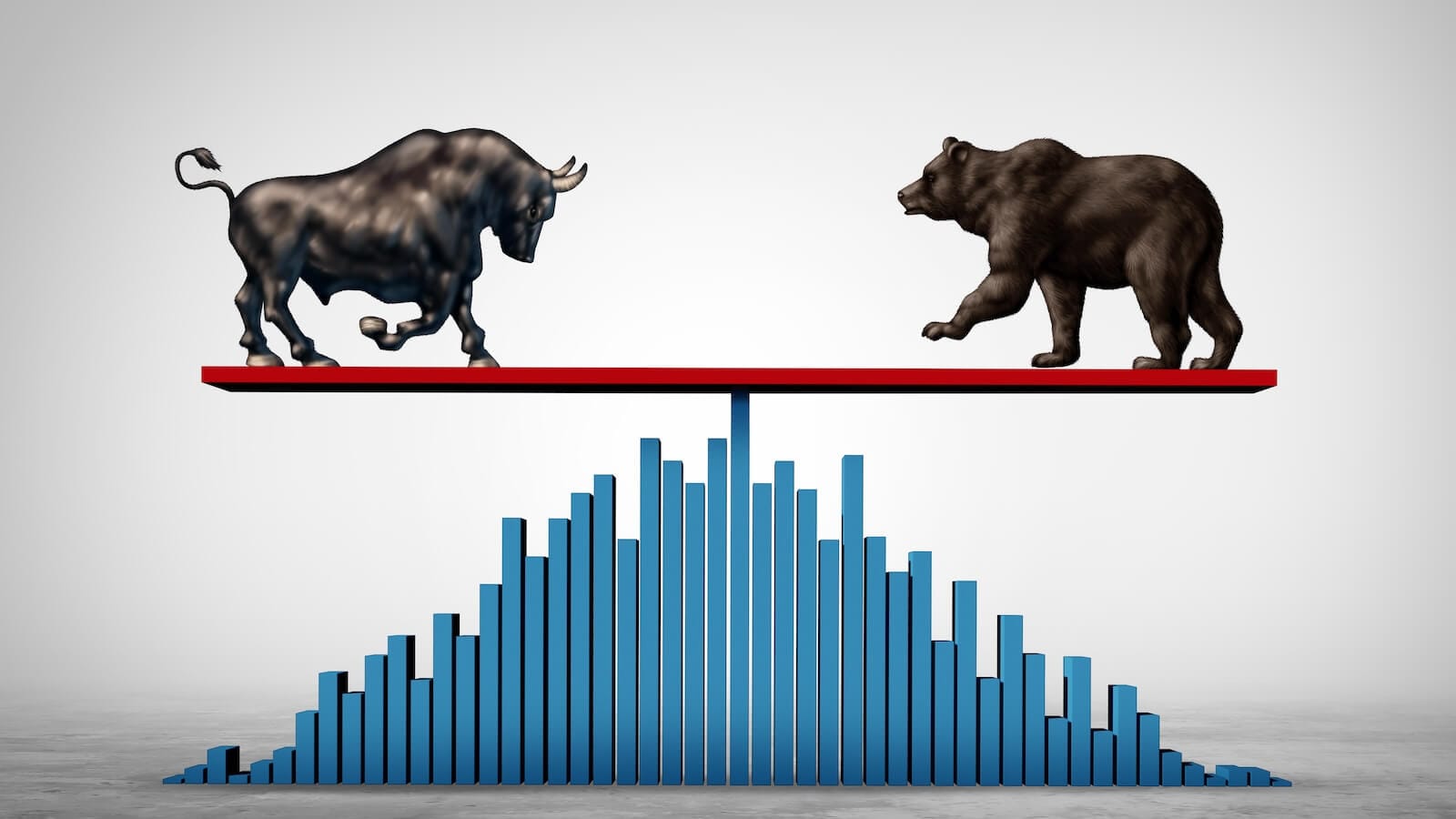This Market Sector is Starting to Emerge as a Leader; Can it Complete the Job?
Many years ago, I developed a couple of indexes that were designed to give me a sense of whether industry groups benefiting from inflationary conditions were outperforming those who performed better under deflationary ones. It was my way of recognizing the fact that, in a broad sense, the business cycle can be split into an inflationary and deflationary (or disinflationary) part. It's actually a lot more involved than that, so if you want to take a deeper dive you can read about hereandhere.
I could have taken just two individual industry groups, such as copper and electric utilities, and used them as inflation/deflation proxies. However, the inclusion of several industries in a more comprehensive index helps to filter out distortions when an individual industry does not perform as expected in an specific cycle. The result is my Inflation Group (!PRII) and Deflation Group (!PRDI) indexes.
Chart 1 features the Inflation Index (IGI). It has just broken out from a 3-year base and is right at a secular down trendline. The long-term KST in the bottom window has also started to hook to the upside. In general, commodity or inflation-sensitive stocks look set to move higher.

Chart 2 features the same format for the Deflation Group Index (DGI). This series has been in a linear uptrend since 2009, under which KST sell signals have been impotent for the most part. The DGI has tentatively dropped below its 12-month MA and triggered a KST sell signal. I say tentatively because this is a monthly chart and is only valid when the month-end close can be plotted. There is not a lot we can learn from this chart as the basic uptrend, at this juncture, is intact.

On the other hand, when the relative performance of this Index is considered, a completely different picture is revealed. The first takeaway comes from the lower window of Chart 3, which shows that, between 2002 and 2024, the DGI performed on par with the S&P Composite. Second, this relative line experienced an upside breakout earlier this year; however, it turned out to be false, which was recently confirmed by the RS line subsequently dropping below its 2022-2025 up trendline. This whipsaw adds further support to the idea that the secular uptrend in Chart 2 is under threat, as well as that the deflation-sensitive equities included in the DGI are likely to underperform the S&P going forward.

Chart 4 shows the performance of the IGI against the S&P Composite, as well as the IGI itself. Both series are at critical junctures. The IGI is right at the neckline of a potential giant multi-year reverse head-and-shoulders, whereas the RS line has rallied back to its extended red breakdown trendline. It is also edging through its 2011-2025 secular down trendline; remember, though, that this is a monthly chart, and only end-of-month plots are official. The rising KST for the ratio argues in favor of an ultimate breakout. What we can say is that the relative action of the IGI looks as if it is about to improve, whereas the DGI is likely to underperform. Now we are in a position to examine the ratio between them and see where that might lead.

Inflation vs. Deflation Group Indexes
Chart 5 shows the Inflation/Deflation ratio, which is the stock market's way of betting on the inflation/deflation relationship. It has been in a downtrend for the last 24 years, and we can also see that it correlates with major swings in the CRB Composite. Since the ratio has just violated its secular down trendline and 12-month MA, it seems highly likely that the CRB will complete that potential giant inverse head-and-shoulder pattern.

The secular break in Chart 5 may be tentative until the end of the month. However, a breakout in Chart 6, which is based on weekly data, is already in the bag. That's because the ratio has cleared two trendlines and the 65-week EMA. Note also that all three KSTs are in a bullish mode, which adds further weight to the view that inflation-sensitive stocks could be on the move.

Good luck and good charting,
Martin J. Pring
The views expressed in this article are those of the author and do not necessarily reflect the position or opinion of Pring Turner Capital Groupof Walnut Creek or its affiliates.










